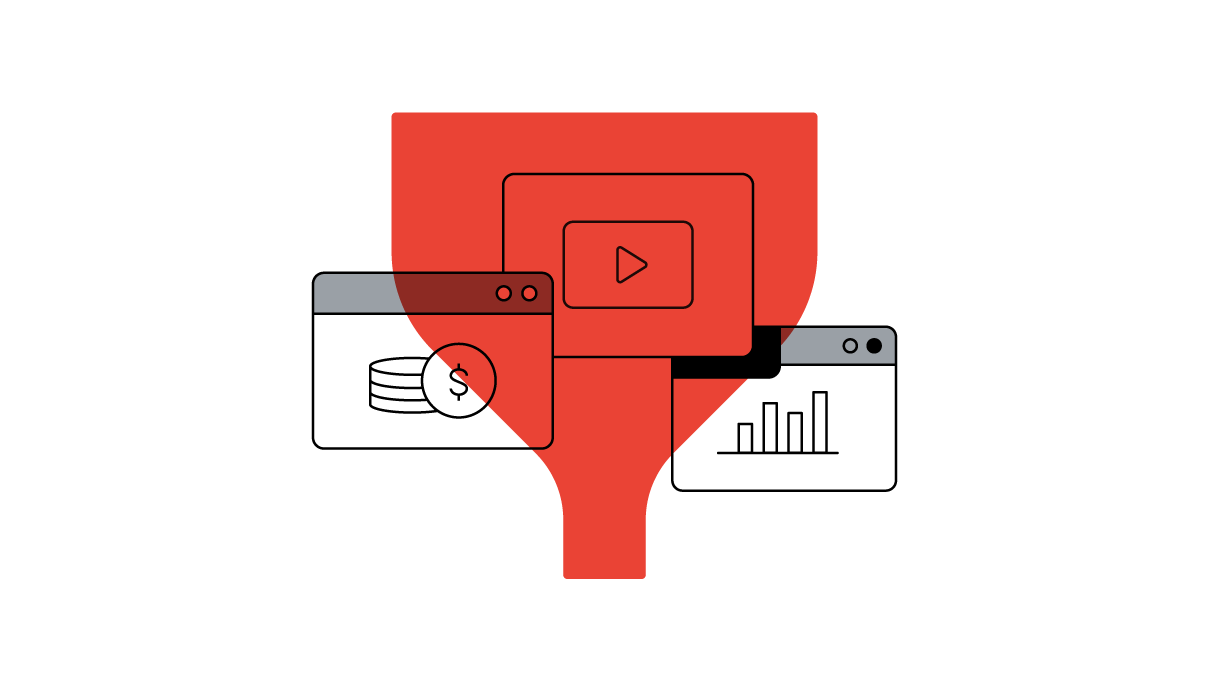Paolo Provinciali leads paid media for Anheuser-Busch InBev’s iconic brands and oversees relationships with its media agencies and partners. Here, he shares how the company is revamping its video measurement with a more holistic approach.
Competition is fierce among consumer packaged goods companies, making robust measurement strategies critical. For big brands in mature industries especially, the measurement cycle can be lengthy and cumbersome — meaning, that if we miss the mark, we often don’t find out until much later. The upshot? We need to ensure our approach is both as accurate and nuanced as possible.
As the distinction between traditional and digital media increasingly blurs due to consumers moving fluidly between channels, our biggest challenge is taking a holistic approach to planning, while also finding a way to measure short- and long-term business results.
Here are three ways we at Anheuser-Busch are innovating our video measurement approach.

1. Break traditional silos to plan video holistically
Three years ago, our CMO gave us a challenge: Break down the silos between traditional and digital advertising. We all know media consumption is changing; streaming video is increasing; and consumers don’t make the same distinctions between linear and digital as they used to. But the industry didn’t have an established way of planning across channels, and it didn't fully capture the nuances of this ever-evolving ecosystem. Our goal was to develop a methodology to plan and invest holistically in video while maintaining presence in key programming.
To guide our investment decision, we are now able to establish a consolidated view of linear and digital programming by format, weighting on-target reach, cost per impression (CPM), and return on investment (ROI) to validate our approach across all these options — recently adding viewability and attention metrics to the mix. In assessing video opportunities this way, we’ve seen high on-target reach index for YouTube, alongside strong viewability and solid ROI, all of which have led us to increase our spend on the platform.
2. Reconsider how we plan for optimal reach
When we’re evaluating video holistically, we plan for reach first, leveraging Google’s Reach Planner and proprietary tools. There are moments when we want to ensure our presence — for instance, big sporting events — so our brands can activate with resonance, and then we set minimum reach and frequency goals based on brand and product maturity.
We use a proprietary approach for what’s comparable and equitable across TV and digital. For example, we have picked some digital ad formats — including laptop or mobile — to count as TV replacement (TVR), because they are getting a viewer’s engaged attention. Putting mobile and TV on the same planning waterfall might seem counterintuitive at first, but when the phone is inches from your face it can garner even more attention than a large screen across the room since studies show that people often check their phones or leave the room (to grab a beer from the kitchen) when a commercial break comes on.
Once we’ve laid out a preliminary plan to achieve our reach threshold, we layer on marketing mix modeling (MMM) data to fine-tune the channel mix and optimise the expected ROI of our campaign. Getting the most out of MMMs is part art, part science. Our approach is to get as granular as possible, making sure we’re including platform-specific and even format-specific data from partners like YouTube. With that level of granularity, we then make an assessment on how channel performance may be evolving and how effectively a creative idea will come through the different units. This is the art of our decision-making.
3. Balance short-term goals with long-term brand equity
Like any marketing team at an established brand, we have to consider the long term. But we also have to regularly prove the results of our spending, so we do evaluations and planning each trimester, optimising as we go.
Our next push is to create formulas that allow us to optimise against short-term and long-term goals in parallel. This is a challenge for all brand advertisers. Most campaigns are about brand equity and awareness, which can be tough to measure using traditional modeling. ROI in MMM, for example, is a measure of short-term sales and doesn’t account for the long-term sales impact of brand equity lift. It’s important for us to account for that dynamic in an industry that is growing through “new category buyers” consuming adjacent products (such as, spiked seltzers).
Our holistic planning approach has helped us find new audiences that can grow the business over the long term.
We’re also evolving our approach to “attention optimisation” — ensuring viewers’ eyes are on their screen when an ad is playing. For linear TV, we’re working with metrics specialist TVision to determine how much of our audience is actually viewing our ads and to see how much viewability improves when we optimise our buys. For digital, we either use proxy KPIs, such as the percentage of impressions where the ad was visible, completion rate, dwell time, or new attention-based technologies, such as Adelaide. We aim to link these advanced attention KPIs with Brand Lift outcomes, bringing us one step closer to balancing short-term ROI from MMM with longer-term brand equity sales impact.
Our holistic planning approach has helped us find new audiences that can grow the business over the long term. Linear TV, for instance, tends to be watched by established demographics who have been buying our products for years. That approach may drive sales in the short term, but it won’t future-proof our products and business. As we build brand equity MMMs that help us get the right balance of short- and long-term, we can plan each campaign against those objectives and pull the right levers to get the right mix.
Media consumption is changing rapidly, as both content itself and the way people interact with it evolves. Metrics and KPIs are evolving too. Think about YouTube and the trove of data it can give us, compared to the constraints of linear TV. The immediate questions marketers face is: Which metrics are driving business impact, and how should we connect them to established measurement solutions like MMM or Brand Lift? Then the more interesting challenge for big brand advertisers will be balancing both short-term sales and long-term brand equity impact, while also prioritising much faster video measurement and optimisation.





